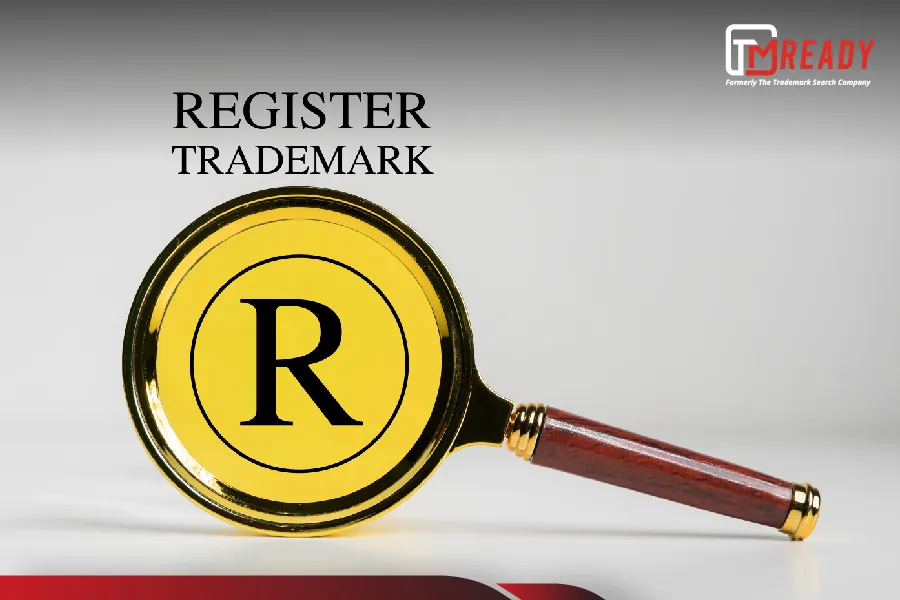Trademark opposition is a legal challenge against the registration of a trademark. This can be initiated by a third party who believes that the trademark is too similar to their own registered trademark or is in conflict with common law trademark rights. The opposition process is conducted before a trademark office and may result in the refusal of the trademark registration or the limitation of the trademark’s scope of protection.
Trademark litigation, on the other hand, is a legal action taken to protect a trademark owner’s exclusive rights. It involves bringing a lawsuit against an alleged infringer who is using a trademark that is confusingly similar to the trademark owner’s mark. Trademark litigation can be initiated in a federal or state court and may result in injunctive relief, monetary damages, and other legal remedies.
Grounds for Trademark Opposition
There are several grounds for trademark opposition, which vary depending on the jurisdiction. Generally, grounds for trademark opposition may include:
- Likelihood of confusion: The trademark is likely to cause confusion with a prior registered trademark or a well-known unregistered trademark.
- Descriptiveness: The trademark is too descriptive of the goods or services it represents, and therefore, it cannot function as a distinctive identifier.
- Genericness: The trademark is too generic and does not function as a source identifier for the goods or services it represents.
- Deceptiveness: The trademark is deceptive or misleading, such as false advertising.
- Immorality or scandalousness: The trademark is considered immoral or scandalous by the public, such as vulgar or offensive words.
- Prior use: The trademark is in conflict with common law trademark rights or prior use of the same or similar mark.
- Lack of distinctiveness: The trademark is not distinctive enough to identify the source of the goods or services it represents.
These grounds for opposition are not exhaustive and may vary depending on the jurisdiction. It is important to consult with a trademark attorney to determine the applicable grounds for opposition in your specific case.
How to File for Trademark Opposition?
The procedure for filing a trademark opposition varies by jurisdiction. Generally, the following steps may be involved:
- Review the grounds for opposition: Before filing for opposition, review the applicable grounds for opposition in the relevant jurisdiction.
- Gather evidence: Collect any evidence that supports your opposition, such as evidence of prior use of a similar trademark or evidence that the trademark is likely to cause confusion.
- File a notice of opposition: In most jurisdictions, the opposition process is initiated by filing a notice of opposition with the relevant trademark office. The notice of opposition should include a statement of the grounds for opposition and any supporting evidence.
- Serve the notice of opposition: Serve the notice of opposition to the trademark owner or their representative.
- Wait for a response: The trademark owner will have a set period of time to respond to the notice of opposition. They may choose to defend the trademark or withdraw the application.
- Discovery: In some jurisdictions, the parties may engage in discovery to gather additional evidence and information.
- Hearing: If the matter is not resolved through negotiation or settlement, a hearing may be held before a trademark office or tribunal.
It is important to consult with a trademark attorney who can guide you through the opposition process and help you prepare a strong case.
Reasons for Trademark Litigation
Trademark litigation can arise for various reasons, such as:
- Trademark infringement: The most common reason for trademark litigation is alleged infringement of a registered trademark. A trademark owner may bring a lawsuit against a third party for using a mark that is confusingly similar to their trademark.
- Trademark dilution: A trademark owner may bring a lawsuit against a third party for dilution of their trademark. Dilution occurs when the use of a mark by a third party diminishes the distinctive quality of a famous trademark.
- False advertising: A trademark owner may bring a lawsuit against a third party for false or misleading advertising that uses a similar mark or is likely to cause confusion with their trademark.
- Cyber-squatting: A trademark owner may bring a lawsuit against a third party for registering or using a domain name that is identical or confusingly similar to their trademark.
- Trademark cancellation: A third party may bring a lawsuit to cancel a trademark registration if they believe that the trademark is invalid due to lack of distinctiveness, genericness, or fraud.
- Unfair competition: A trademark owner may bring a lawsuit against a third party for unfair competition, such as false advertising or misrepresentation of the source of goods or services.
Trademark litigation can be complex and costly. It is important to consult with a trademark attorney who can help you assess the strength of your case and guide you through the litigation process.
Steps in Trademark Litigation
The steps in trademark litigation may vary depending on the jurisdiction and the specific circumstances of the case. However, the following are common steps that may be involved:
- Cease and desist letter: Before filing a lawsuit, a trademark owner may send a cease and desist letter to the alleged infringer, requesting that they stop using the infringing mark.
- Filing a complaint: If the cease and desist letter does not result in a resolution, the trademark owner may file a complaint in court, which outlines the allegations of trademark infringement and other causes of action.
- Answer and counterclaim: The alleged infringer may file an answer to the complaint and may also file a counterclaim, which asserts their own claims against the trademark owner.
- Discovery: The parties may engage in discovery, which involves exchanging information and evidence that is relevant to the case, such as documents, witness statements, and expert reports.
- Motions practice: The parties may file various motions to seek specific relief or to challenge aspects of the case, such as a motion for summary judgment.
- Trial: If the case is not resolved through settlement or alternative dispute resolution, a trial may be held before a judge or jury.
- Appeal: If either party is dissatisfied with the outcome of the trial, they may file an appeal to a higher court.
Trademark litigation can be complex and time-consuming. It is important to consult with a trademark attorney who can guide you through the process and help you achieve the best possible outcome for your case.
Differences between Trademark Opposition and Litigation
Trademark opposition and litigation are both legal processes that relate to trademarks, but there are some key differences between the two:
- Purpose: Trademark opposition is a pre-registration process, while trademark litigation is a post-registration process. Opposition is used to prevent the registration of a trademark, while litigation is used to enforce the rights of a registered trademark.
- Timing: Trademark opposition typically occurs during the registration process, while trademark litigation can occur at any time after the trademark has been registered.
- Parties involved: In trademark opposition, the parties involved are the opposing party and the trademark applicant or owner. In trademark litigation, the parties involved are the trademark owner and the alleged infringer.
- Forum: Trademark opposition is typically handled by a trademark office or tribunal, while trademark litigation is handled by a court.
- Burden of proof: In trademark opposition, the opposing party generally has the burden of proving that the trademark should not be registered. In trademark litigation, the trademark owner generally has the burden of proving that their trademark has been infringed.
- Outcome: The outcome of trademark opposition can result in the refusal of the trademark application or registration, while the outcome of trademark litigation can result in damages, injunctions, or other remedies.
It is important to understand the differences between trademark opposition and litigation in order to determine the appropriate legal strategy for your trademark matter. A trademark attorney can help you navigate these processes and protect your trademark rights.
Conclusion
In conclusion, trademark opposition and litigation are two legal processes that are used to protect and enforce trademark rights. Trademark opposition is a pre-registration process that is used to prevent the registration of a trademark, while trademark litigation is a post-registration process that is used to enforce the rights of a registered trademark. While there are some similarities between these two processes, such as the need to prove the validity of a trademark, there are also important differences in terms of timing, parties involved, forum, burden of proof, and outcomes. It is essential to work with a qualified trademark attorney who can guide you through these legal processes and help you protect and enforce your trademark rights.





